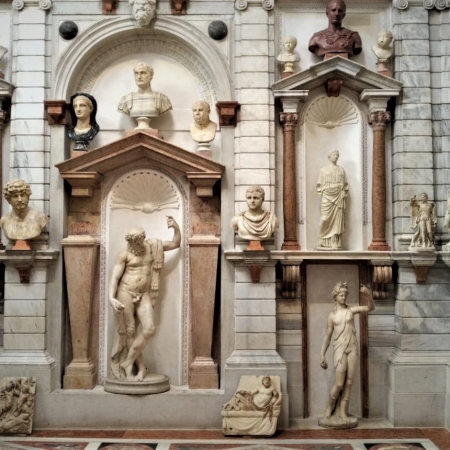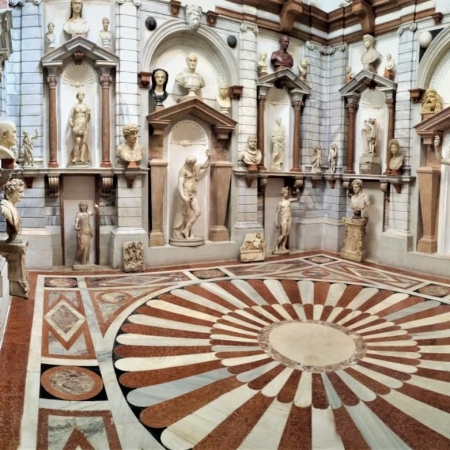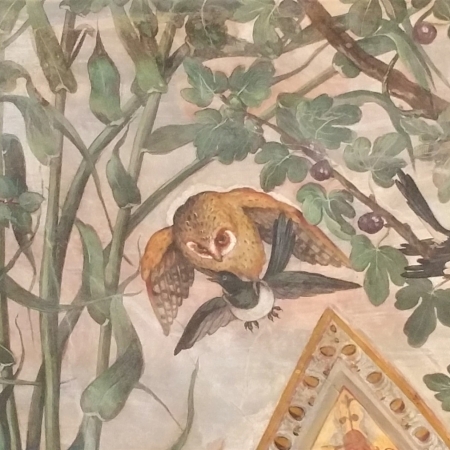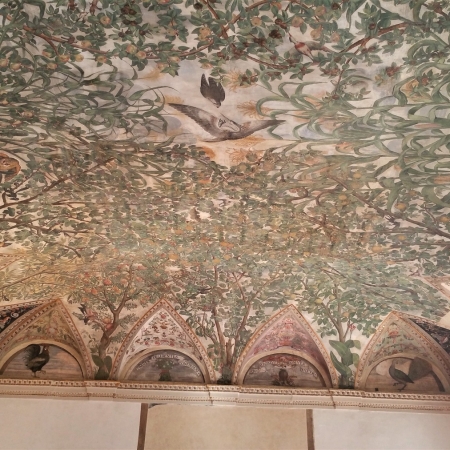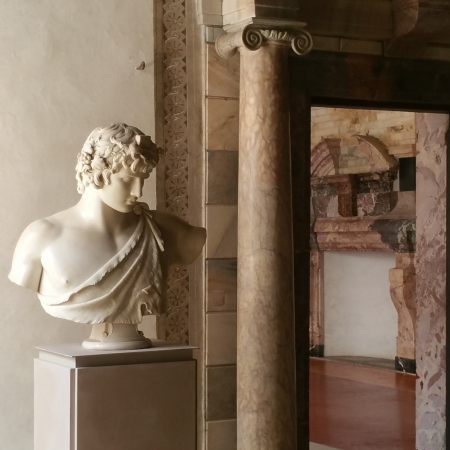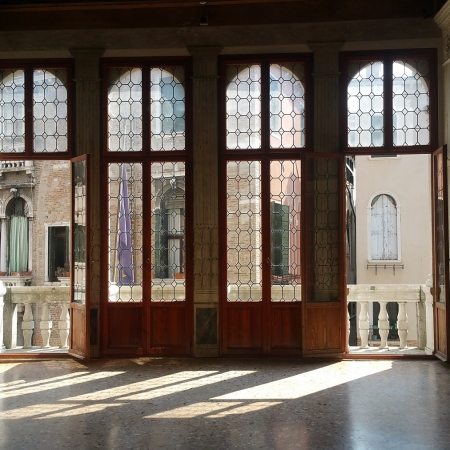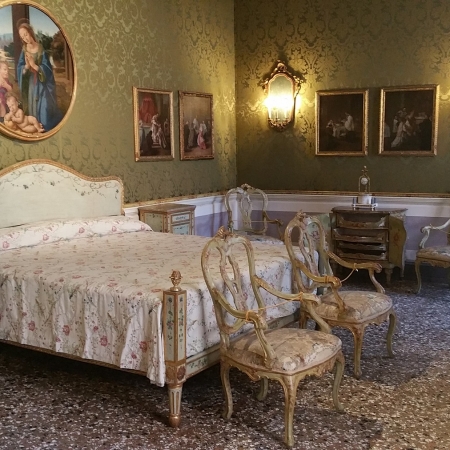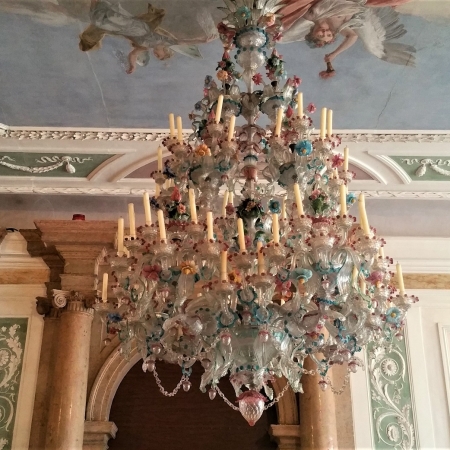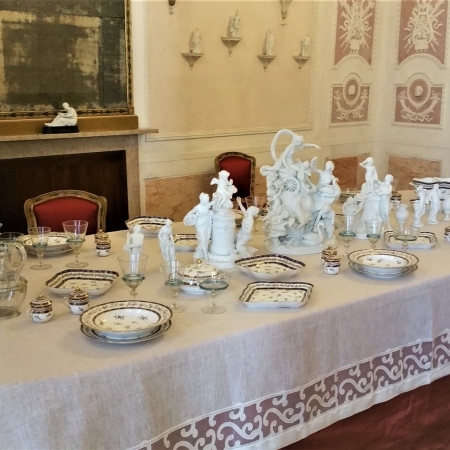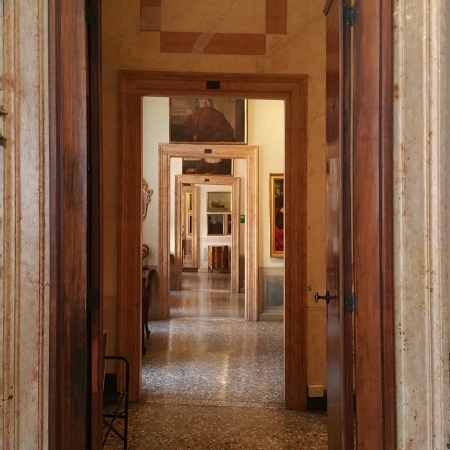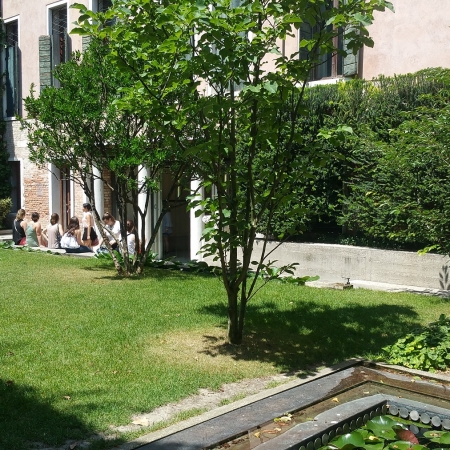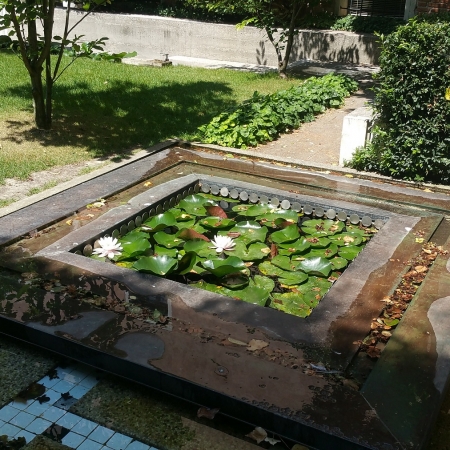LIVING IN RENAISSANCE VENICE
Who were the bibliophiles and private collectors living in Renaissance Venice?
Where did they live and what about the history of the families? This tour is focused on sumptuous interiors, private cabinets, official and hidden rooms that reveal the taste and the lifestyle of two Venetian aristocrat families.
Both private homes are situated in Castello district, the largest one in the city, and not far from St Mark’s Square.
Our expert guide will lead you through the first highlight of this tour, Palazzo Grimani, original residence of Antonio, who was elected Doge in 1521.
Moreover, the prominent members of this family were active in trade, politics, ecclesiastical circles, theatre, and were quite knowledge about the latest artistic trends outside Venice. When Antonio’s grandsons decided to renovate the building in 1530’s, they did not hesitate in applying to artists from Rome and Central Italy, in contrast with local traditions.
As you move to the ground level, the central large courtyard is surrounded by asymmetrical ornate porticoes with stone relieves and inscriptions, like a Roman style interior.
A grand staircase richly decorated with white stucco bas-reliefs and frescoes leads to the upper floor, which consists of 12 rooms decorated with all sorts of Renaissance subjects: the Foliage room, with painted vines, leaves, birds and flowers on the ceiling, followed by the Chamber of Apollo, decorated by Giovanni da Udine, one of Raphael’s best pupils.
Not to be missed, the Tribuna, designed by Cardinal Giovanni Grimani for his private collection of Greek and Roman busts and sculptures, the private Doge Grimani’s Chapel and in the Dining room you will walk on the pastellone, the original crusted marble floor, entirely handmade and today one of the most expensive Venetian terrazzi.
Passed the bridge to the Campo Santa Maria Formosa, you will walk to the Palazzo Querini Stampalia, an example of the way an old noble dwelling can match contemporary art and architecture.
HIGHLIGHTS
- Palazzo Grimani
- Palazzo Querini Stampalia
MORE ABOUT
THIS TOUR
LIVING IN RENAISSANCE VENICE
Palazzo Grimani was purchased by the State in 1981 and in 2001 a decree of the Ministry of the Cultural Heritage entrusted it to the Superintendency of State Museums in Venice, which opened the Palazzo on December 20th, 2008 after a period of restauration works.
The Doge Antonio Grimani passed away in 1523 and the building was inherited by his sons, but the architectural renovation of the building is due to Antonio’s grandsons, Giovanni and Vettore.
The former was an enlightened learned man, ancient art collector and was appointed Patriarch of Aquileia, Vettore was a Procurator of St Mark, an official notary of the Republic. They applied to the major architects of that age, Jacopo Sansovino, Sebastiano Serlio and Andrea Palladio, who gave the buildings a new classical setting, where Giovanni’s ancient art pieces were strikingly displayed on shelves, mantel pieces and plinths.
DRESS CODE AND ADVICE
- No dress code required
COST
- This tour lasts three hours and costs 330 euros up to six people (not per person), only private parties. For larger parties send us an email!
- Museum fees per person:
- Palazzo Grimani 15 euros – 2 euros (reduced rate)
- Palazzo Querini Stampalia 16 euros – 13 euros (reduced rate)

